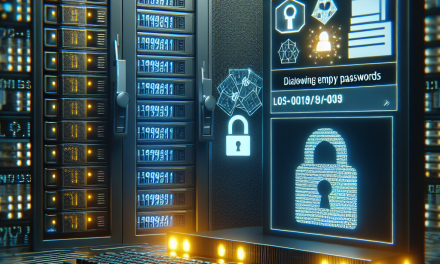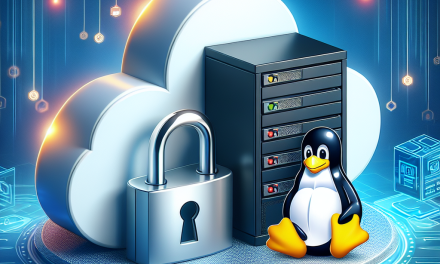Linux servers are a popular choice for hosting applications and services due to their stability, flexibility, and open-source nature. However, with great flexibility comes responsibility. As an administrator, you need to ensure that your systems are secure from potential security breaches and unauthorized access. One of the critical areas where permissions can be tightened is in the /sys filesystem, which exposes a wealth of kernel and device information. In this article, we will explore practical techniques to limit access to /sys for non-root users, enhancing the overall security of your Linux server.
Understanding the /sys Filesystem
The /sys filesystem is a virtual filesystem in Linux that provides a view into the kernel’s view of the system. It is part of the sysfs interface and exposes various kernel parameters, device drivers, and hardware configurations in a hierarchical structure.
While /sys is useful for debugging and monitoring, it can also be a target for malicious users who may want to gain insights into the system’s inner workings. Limiting access to /sys can help shield sensitive information and restrict user actions that could harm the system.
Why Limit Non-Root Access?
-
Data Exposure:
/syscontains information about hardware configurations, processor details, and system parameters that could be useful for an attacker. -
Malicious Changes: Non-root users should not have the ability to modify kernel settings that could affect the stability and security of the entire system.
- Compliance Requirements: Regulatory frameworks may require you to restrict access to certain files or directories, including
/sys.
Steps to Limit /sys Access for Non-Root Users
Step 1: Review Current Permissions
Before implementing any changes, it’s essential to review the current permissions on the /sys filesystem.
ls -ld /sysYou will typically see it has dr-xr-xr-x permissions for users, meaning that anyone can read but cannot write to the files. It’s important to understand this baseline before making adjustments.
Step 2: Identify Sensitive Areas
Identify which parts of /sys are particularly sensitive. Here are a few examples:
/sys/class: Exposes device information./sys/kernel: Contains kernel parameters./sys/module: Exposes loaded kernel modules.
Focusing on these areas will allow you to apply granular permission changes.
Step 3: Create User Groups
Create a specific user group that will have limited access to /sys. For example, you might create a group named sysusers.
sudo groupadd sysusersAdd users who require limited access to manage their permissions without giving them full root capabilities.
sudo usermod -aG sysusers usernameStep 4: Modify Permissions with Caution
Using Linux permissions allows you to change who can read and write to specific directories. However, it’s crucial to approach this cautiously:
-
Use ACLs (Access Control Lists): Instead of changing the ownership of directories or files, consider using ACLs.
Install
aclif it’s not available:sudo apt install aclThen, set permissions for the
sysusersgroup:sudo setfacl -m g:sysusers:rx /sys/classThis command will restrict the group
sysusersto read and execute permissions on the/sys/classdirectory. -
Restrict Writes: In general, restrict write access more strictly. You might set default permissions that are read-only for non-root users:
sudo chmod o-w /sys
Step 5: Monitor Access
Once you’ve made changes, continuously monitor access to /sys using tools such as auditd. Install auditd if it’s not already set up:
sudo apt install auditdConfigure it to track access to /sys:
sudo auditctl -w /sys -p rwxaThis will log all read, write, execute, and attribute changes to the /sys filesystem.
Step 6: Regular Reviews and Penetration Testing
The final step in securing your Linux server involves periodic reviews. Conduct regular audits to check for unauthorized changes in permissions and ensure that the intended access restrictions remain in place. If necessary, perform penetration testing to identify any potential vulnerabilities that could be exploited by non-root users.
Conclusion
Securing your Linux server by limiting access to sensitive areas like /sys is a crucial aspect of maintaining a robust security posture. By reviewing current permissions, creating user groups, modifying access controls, and implementing monitoring, you can significantly reduce the risk posed by unauthorized access.
Remember that maintaining security is an ongoing process. Regularly update your security protocols and stay informed about potential vulnerabilities in the Linux ecosystem. By taking these proactive steps, you can help protect your Linux server and its valuable data from malicious attackers.
For more articles and tips on securing your Linux server, stay connected with WafaTech Blog!





